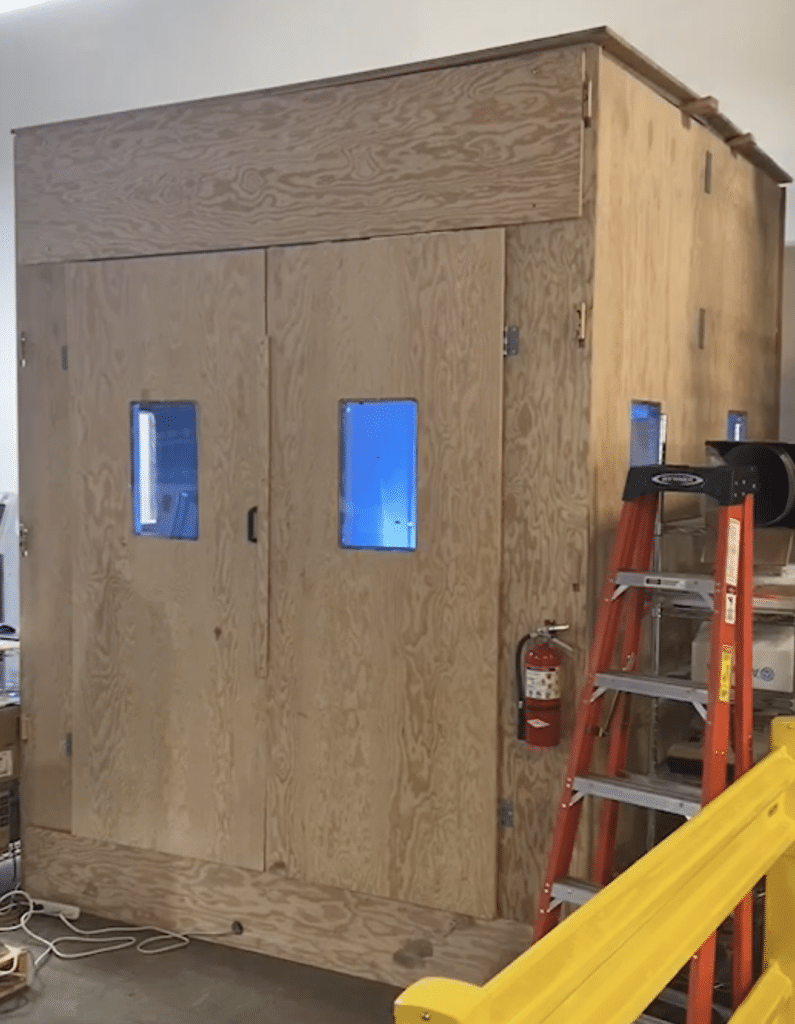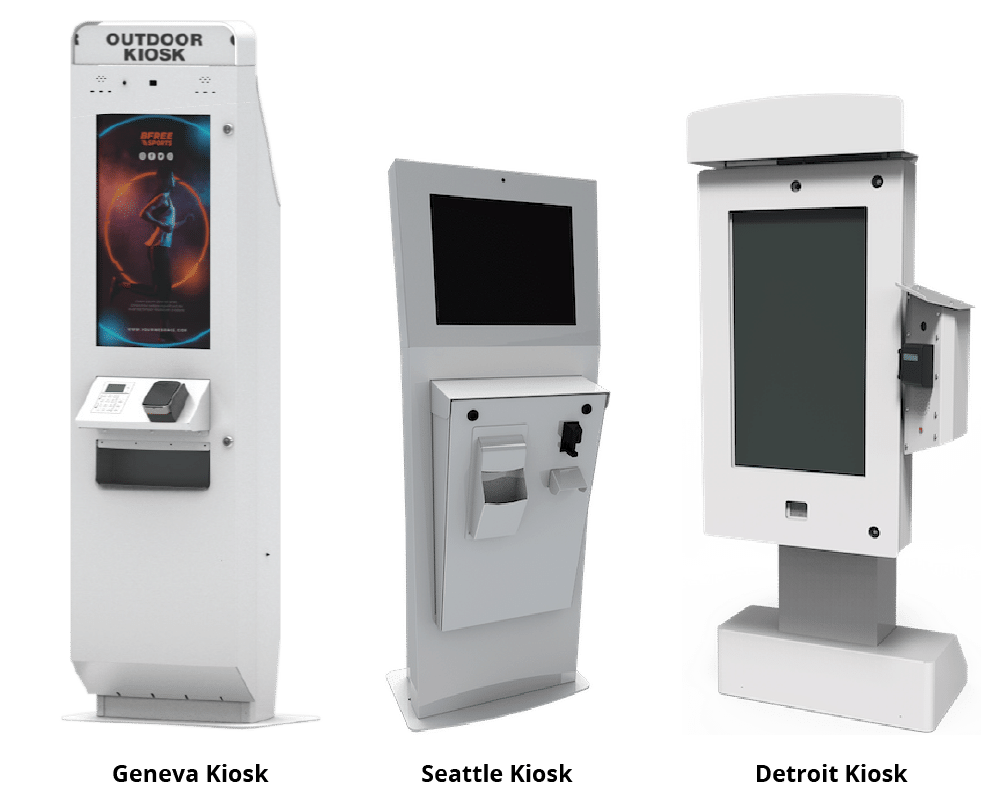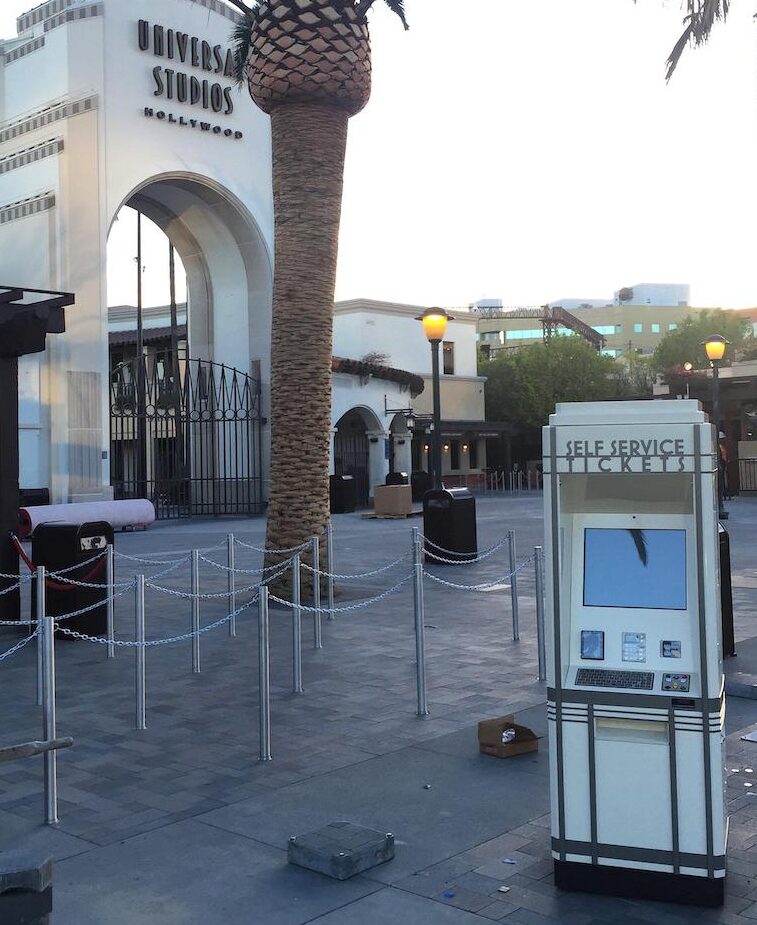For many, the most important question they have is ‘How Much?’ We’re bringing it up because when we discuss outdoor kiosks and someone hears the costs, they often seem quite surprised. Yet, all of the considerations mentioned below are extremely important if you’re going to deploy a kiosk outdoors and ensure it’s safe for staff and guests. Taking the right precautions up-front is far more cost-effective than having to face the consequences should an issue arise.
Outdoor Design Considerations
An abundance of thought, engineering, and testing goes into the design of an outdoor interactive kiosk that performs well and will endure the elements. Almost every aspect of an outdoor kiosk has to be scrutinized and designed properly to deliver the right user experience and survive extreme heat and humidity, extreme cold, moisture, and wind. Some manufacturer’s publish design restrictions on outdoor product suggesting that the kiosk can only face a certain direction due to temperature limitations. Olea’s outdoor universal designs do not have restrictions. These models are designed to be placed in outdoor environments with the following full considerations:
- Component Durability
- Heating and Cooling
- UL Approval and Safety Testing
- Security
- Enclosure Materials and Treatments
Component Durability
When considering an outdoor kiosk, be sure to ask about the components inside the kiosk because they’re not all built the same. Find out if the components are just outdoor grade or if they’re industrial grade because there is a difference.
Be sure to specify the right LCD monitors. There are many LCD monitors that suggest they are designed for outdoor use. High-bright LCDs with cooling technology to allow exposure to sunlight are necessary. Unfortunately, experience tells us that many monitors do not run according to factory specs and Olea has taken the time to test and understand these product nuances.
Touchscreens are by far the most popular as they allow the user to interact with the software as though they were using a mouse. Touch works best on larger screens when a user is given a number of clear touch choices on the screen, where little or no keyboard input is necessary.
Even though the enclosure will be UL approved, it is important to know whether or not the components inside are also UL approved. If the parts are UL approved, it does it make it easier to pass UL testing, but it doesn’t guarantee success.
With our outdoor universal designs, Olea also includes industrial grade components inside the kiosk. Olea’s outdoor units are designed and built to keep both the users and the components inside alive without worry.
Heating and Cooling
Outdoor kiosks should be designed from the ground up as a watertight enclosure, with watertight seams and insulated inner walls to protect internal components from heat and cold. Olea outdoor kiosks are built with internal heating and cooling systems so they can withstand the harshest of weather conditions. Olea performs a heat chamber test on all outdoor designs to ensure the unit will live up to our stringent standards.

Any kiosk that has specific cooling or heating will also have an air intake which also means that there are air filters that require regular maintenance.
Ultimate location is also important as that will dictate any additional special requirements. An outdoor kiosk located near the ocean might require more robust filtration. Parking garage kiosks may require a coating that will protect it from car exhaust in addition to the day-to-day heavy dust buildup.
UL Approval and Safety Testing
It’s important to ensure the product is grounded properly and certified safe. All Olea outdoor designs are third-party certified so buyers can be confident the units have been through stringent testing.
In addition, each Olea outdoor kiosk is fully tested in our own soak tank to guarantee all gaskets have been installed and placed correctly. As we all know, it is possible for mistakes to happen during assembly, so if each and every unit is watered down and then verified, we can guarantee success.
Security
Outdoor kiosks are typically deployed in public spaces with large volumes of foot traffic. When kiosks are publicly available with little protection, they can be prone to theft and vandalism. To discourage and prevent vandalism and tampering, outdoor kiosks should be designed with tamper-resistance in mind. Olea outdoor kiosks feature compression-style locks to ensure a hardened product designed to be as trouble-free as any indoor kiosk.
Enclosure Materials and Treatments
There are a number of decisions to make in determining the base materials for the enclosure as well as the most appropriate treatments to protect these units from rust and paint deterioration. Powder coating is typically the best choice for surface finishing on kiosks because it offers better protection against the sun, water, solvents, chemicals, outdoor elements and heavy use. Olea’s universal outdoor products, the Geneva, Seattle and Detroit (drive-thru) models are designed with all of these considerations in mind.

Can you cut corners? Absolutely.
If you’re deploying a large number of kiosks and you have time for a custom design, this could bring the costs down significantly as you create some limitations to the solution. For example, it’s possible to deploy a lower cost hybrid LCD monitor in units that will be deployed outside but will be undercover in a large vestibule area. These units will only see minimal daylight and don’t need waterproofing, so that will save a good deal of cost.
If you’d like to discuss your outdoor kiosk project, contact us and we can help you determine the best solution for your circumstances.


